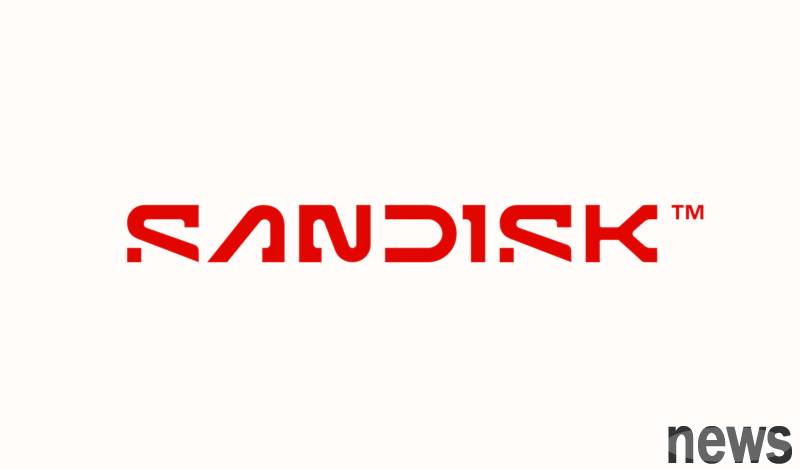
SanDisk and SK Hynix announced that they had signed a cooperative record (MOU), and the two parties jointly formulated the "High Bandwidth Flash" (HBF) technical specifications and promoted standardization to inject new variables into the memory market.
HBF's biggest breakthrough is not entirely composed of DRAM in the memory stacking structure, but introduces NAND flash memory as the main storage layer, so that the capacity density can reach 8 to 16 times that of traditional DRAM-type HBM, while maintaining high-speed reading capabilities. Although access delays are slightly more than pure DRAM, HBF can effectively reduce energy consumption and heat dissipation pressure in AI recommendations and edge computing scenarios that require long-term maintenance of large model data, showing different advantages.
(Source: Sandisk)
HBF uses SanDisk's exclusive BiCS NAND and CBA technology to closely stack high-level 3D NAND storage units and high-speed logical layers, achieving high frequency width, low latency and high density interconnection.
Although the AI market is still centered on HBM, HBF's ability and reducing HBM pressure in the current period have become one of the important development directions for NAND in the future, and has the potential to supplement and even change the existing memory configuration pattern in specific applications.
HBF memory samples are expected to be launched in the second half of 2026, and the first batch of AI-recommended hardware that will be equipped with the technology will be scheduled to be held in early 2027. Industry expects that with the close cooperation between SK Hynix and several AI chip manufacturers, HBF is expected to quickly gain market adoption once the standard is formulated.
Sandisk and SK hynix join forces to standardize High Bandwidth Flash memory, a NAND-based alternative to HBM for AI GPUs — Move could enable 8-16x higher capacity compared to DRAM